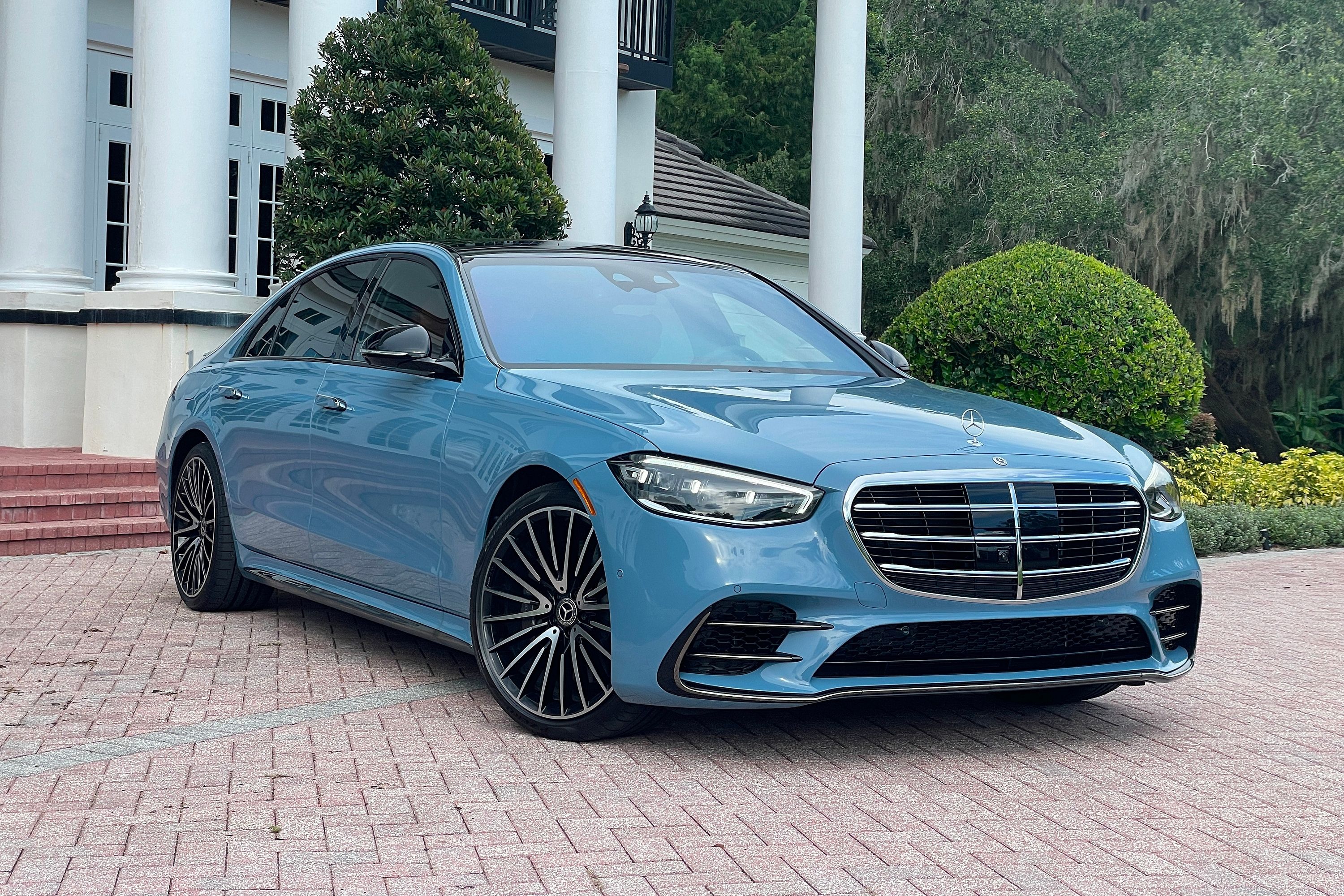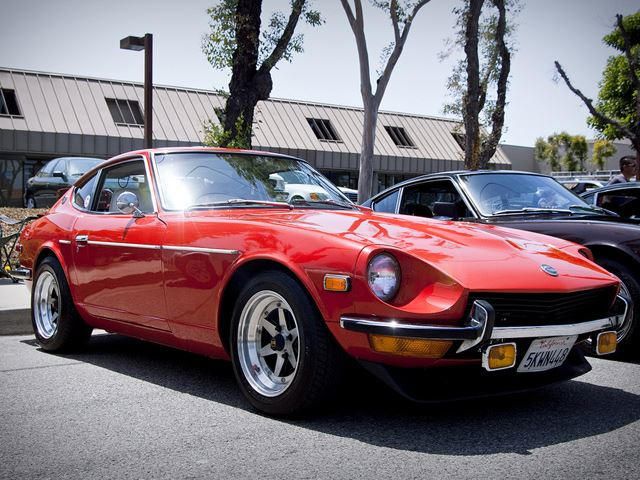
We've covered a lot of classic European and American cars in previous series, and the pieces on tuner cars covered a lot of Japanese sports cars from the Nineties, but we haven't delved too deep into the world of classic Japanese cars, so here we intend to do just that. Some of these cars were exported to other markets, including the Nissan Fairlady Z which we're discussing here, but for the sake of consistency, we're using only the JDM (Japanese Domestic Market) names.
The Fairlady Z has been sold under seven different names (240Z, 260Z, 280Z, 280ZX, 300Z, 350Z, 370Z) in export markets, but since its debut in 1969, it has always been the Fairlady Z in Japan. In total, more than 2 million units have been sold all over the world. The Fairlady name actually predates the Z-car by several years. These were originally small roadsters produced by Nissan first in 1959, and which it would begin exporting in 1960. Like the later Z-cars, the original Fairlady cars were renamed for their engine displacements for the export market, since Fairlady really is a pretty absurd name for a sports car from an English speaker's perspective.
The JDM name for the car comes from the musical "My Fair Lady", because apparently it's normal to associate Broadway musicals with sports cars, at least in Japan. Early Fairlady roadsters couldn't match the appeal of contemporary British roadsters, and production numbers were very low. By the mid-Sixties, the Fairlady had become a more serious sports car, sharing its platform and engine with the Silvia. Sales increased, and Nissan began to toy with idea of an even more powerful GT car which would serve as a halo car. Nissan was still a pretty small company in those days, and the plans for this new halo car originally involved a partnership with Yamaha.
These plans fell apart (more on this later in the series), and Nissan decided to try again with its own design, with work starting in 1966. The Fairlady Z debuted in 1969, with slightly different versions for the US and Japan. Japan initially got a Fairlady Z with a 2.0-liter inline-6 engine, while the US got the Datsun 240Z with a 2.4-liter engine. The Japanese car produced 130 horsepower, while the US version had 151. A homologation version of the Fairlady Z was sold briefly in the Japanese market with the 2.0-liter I6 out of the Skyline GT-R, which produced 160 horsepower.
The car was a huge sales hit, both in Japan and especially in the US, where it was responsible for a big shift in public opinion toward Japanese cars. This was helped by the energy crisis and new emissions regulations introduced in the US in the mid Seventies, as these did not result in a loss of power for the Z-car the way it did for American sports cars. The Z-car hit its sales record of 86,000 units in 1979, the first year of the second generation of the car. In the US, this was known as the 280ZX, and it was both more powerful and more comfortable. Turbocharging was also introduced in this generation.
When the technology was improved for the third generation (300ZX), the car would become a hit with tuners. It would continue to evolve and get bigger and bigger engines, and today is still a good amount of sports car for the price. But the definitive JDM version is still the old 2.0-liter cars, and the most valuable are the homologation versions with the GT-R engines.

